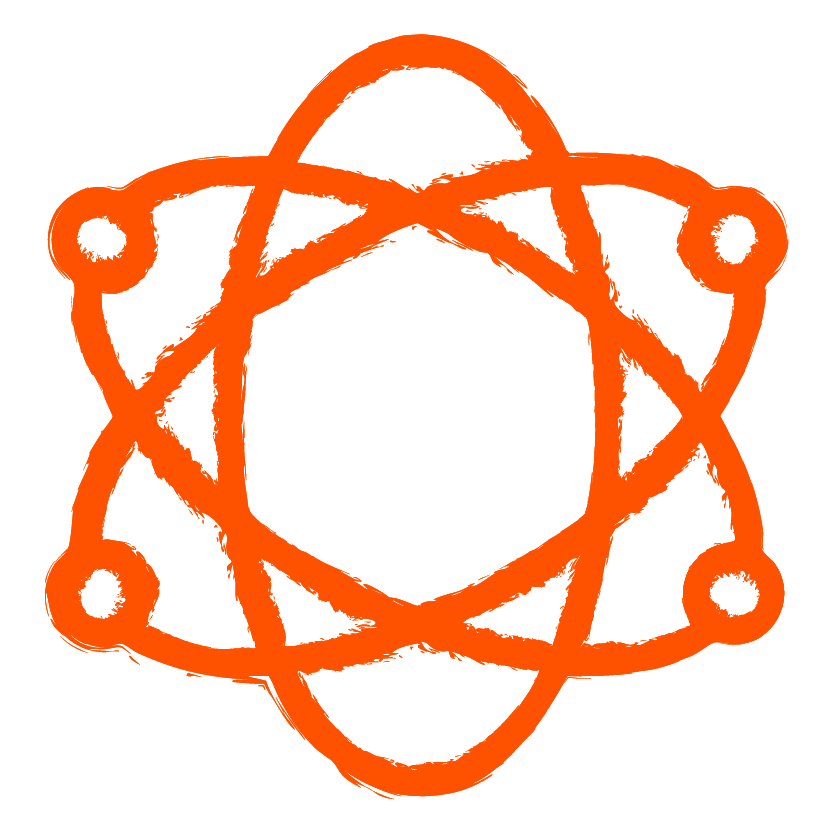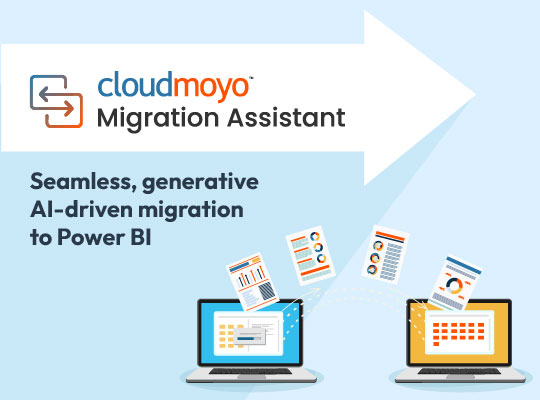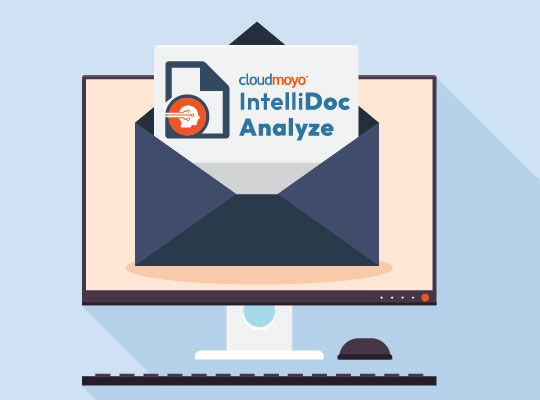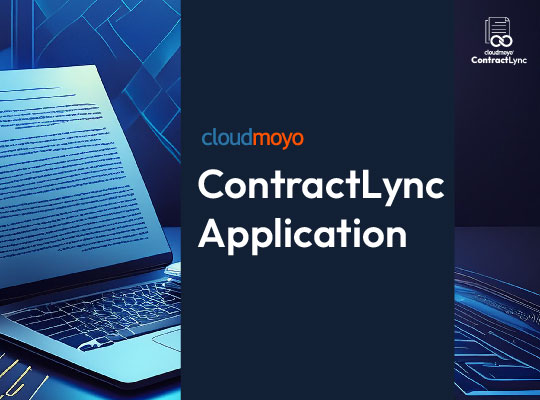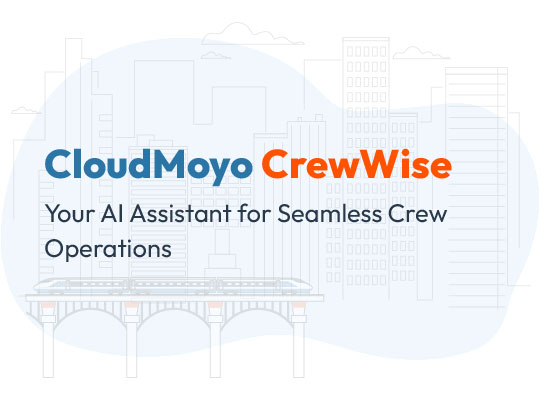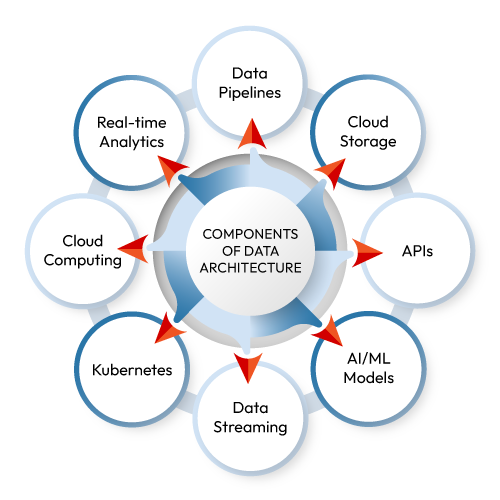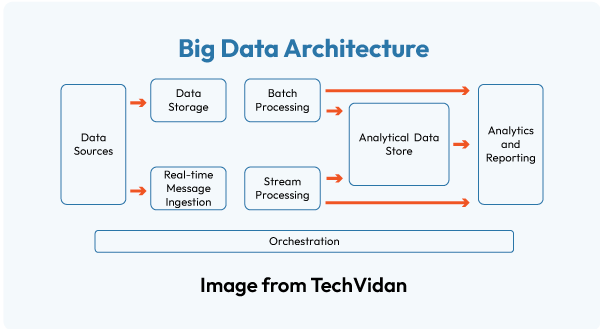Data is flowing all around you. Texts you send go to satellites in space and then get shot down to the recipient’s device while various platforms store the date, time, and even location of where the text was sent. The phone towers you’re connected to allow your device to exchange data with other devices, tailoring ads and social media content to your surroundings. In the background of your laptops, software is running to track what applications are using the most energy and space on your device.
For all these pieces of data to be stored and saved smoothly, organizations need to build safe, secure, and scalable data architecture to manage the increasing amounts of data created around the world every single day.
What is Data Architecture?
According to CIO Magazine, Data Architecture can be defined as “the structure of an organization’s logical and physical data assets and data management resources.” Essentially, it’s part of an organization’s greater enterprise structure that includes data policies, rules, models, and governance – an important part of Master Data Management.
It’s the foundation that documents data assets, maps how data flows through systems, and provides the blueprint for managing data. Data architecture allows organizations to better understand data needs and align them to business requirements, develop data structures for longevity, improve data quality and consistency, and serve as the foundation for the company’s data strategy. This also improves an organization’s data lifecycle management.
The Importance of Strong Data Architecture
In its infancy, data architecture was simple. It was once mostly structured data from transaction processing systems stored in just a single database. This data was then processed using extract, transform, and load (ETL) processes for data integration.
Think of this process like baking a cookie – you gather all your various ingredients (extract); put those ingredients into a bowl, mix, shape, then bake (transform); you then cool the cookies and serve them on a tray for people to enjoy (load).
This process has become more complicated with the addition of unstructured and semi-structured data from big data technologies. Big Data Technologies have led to the adoption of data lakes in many data architectures, storing raw data in its native format instead of transforming it upfront. Sticking with our baking analogy, we’ve now got to take raw ingredients, like cacao, and make them into something usable, like chocolate chips for our cookies. It’s not as simple as gathering ingredients from your pantry, you’ve got to make ingredients from scratch that can then be used in the cookie recipe.
With rapid technological advancements come complications as legacy data systems can no longer support the data needs of the modern enterprise. An outdated system for enterprise data management can lead to duplicate data, high costs, and increased maintenance time. This makes data (especially big data) harder to consume and makes it more difficult to gain insights – insights that help organizations develop their business strategies.
Good data is an integral part of building your business strategy.
Components of Data Architecture
From a technical point of view, data architecture is “a conceptual infrastructure that’s described by a set of diagrams and documents.” This framework maps out your data sources and formats, while the next layer focuses on storage and how the data will be processed (lake, warehouse, etc.). Next, the analytics layer aids in how the data will be further processed using data science tools (like AI/ML). The final layer is for the end-user where they can access what they need – like data visualization and reports.
Architecture Advisory Services and the Benefits of Consulting
Data architecture is just one part of the data modernization journey. In a nutshell, data modernization is moving your data from legacy databases to more modern databases for better business intelligence. It allows for data to be used in analysis everywhere within the organization and is a huge (and expensive) step for organizations to take on their digital transformation journey.
But organizations don’t have to jump right into modernizing their data management.
Data architecture advisory services (like that offered by CloudMoyo) are an easy first step in evaluating and figuring out the best way forward for your organization’s unique needs. A consultation with a data warehouse architect allows you to gauge the experience level of your potential partner, as well as understand their portfolio of solutions that may translate to your business needs. Benefits of consulting include:
- Specialized advice and attention from experts – our experts have decades of experience in various technologies to guide you towards solutions that fit your business needs.
- Identifying critical areas of improvement – with experience in various business environments, consulting teams have the necessary expertise to pinpoint areas of improvement in your enterprise infrastructure.
- Increased security, software maintenance, and support – IT consulting teams typically have deep relationships and connections with large partners like Microsoft that offer greater security and software than on-premises resources.
Architecture Advising at CloudMoyo
CloudMoyo is a Microsoft Gold Certified Partner with more than a decade of experience in the digital transformation world. Our experts have experience in a variety of technologies like Microsoft Power Apps, Azure, Snowflake, and more to provide the best solution that fits your needs.
Our data architecture advising begins with a conversation about what your organization is seeking to transform, whether that’s transitioning to Salesforce or transforming your on-premises technology to the cloud. Depending on your current data structure and needs, our experts and business intelligence architects can offer different solutions to meet your goals.
One of our clients faced just this problem, wanting to improve their end-customer experience. Their current post-sales inquiries were being managed in their legacy Customer Relationship Management (CRM) software that lacked many benefits of modern systems built in the cloud.
Our team of experts built a new data architecture that helped our client have centrally stored and updated data flowing bidirectionally. The project was deployed using Azure DevOps and helped provide uninterrupted service to our client’s end customers.
Read the rest of the story here >>
Modernize Your Data Architecture
Modern technology has made it easier than ever for companies to modernize their entire business infrastructure, allowing them to take advantage of cloud technologies to build a more cohesive system that spans across geographies.
Consulting and advisory services, like those offered by CloudMoyo, are like asking a professional chef how to make chocolate for raw cacao! We can guide you in the process of making that cacao into chocolate – the process of helping you understand what the best data architecture is for your organization.
Ready to put on your chef’s hat and get baking? Contact us for a consultation!



